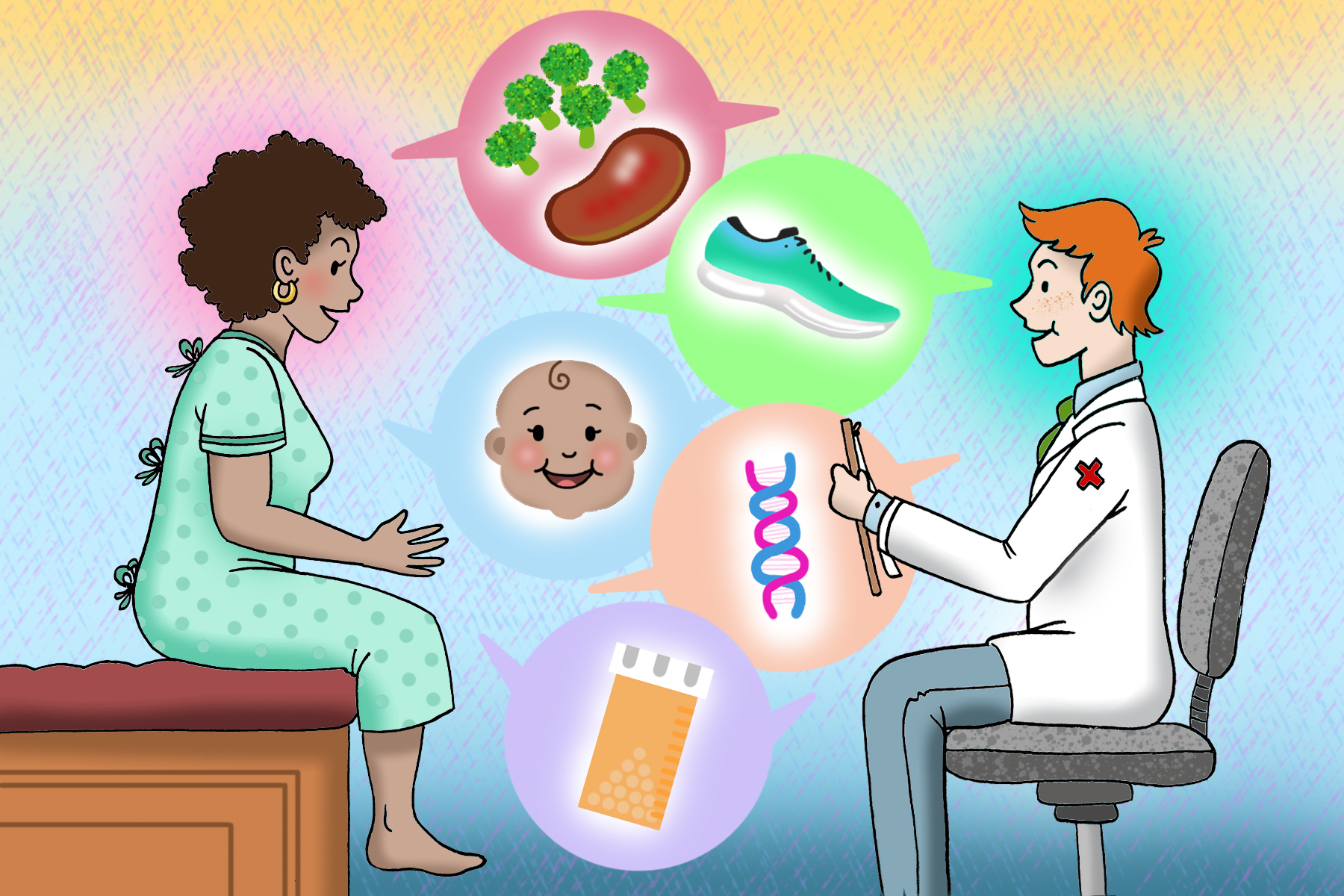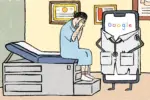A good doctor-patient relationship is more important than you might think. In the wake of the COVID-19 pandemic, the incidence rate of verbal and physical violence against healthcare workers increased. According to data provided by The International Committee of the Red Cross (ICRC), 611 incidents of COVID-19-related medical violence occurred in more than 40 countries.
In most cases, the disputes between patients and doctors stemmed from poor communication. Usually, illnesses make patients feel anxious or depressed, which can lead to emotional outbursts. Under this condition, if doctors do not calm patients effectively, conflicts can escalate into arguments or even physical violence. The impact of medical acts of violence is detrimental to patients, doctors, health care systems and society. Hence, building a good doctor-patient relationship is essential for societal well-being.
Here are four suggestions for fostering a good doctor-patient relationship.
Doctors Need To Know Their Patients Comprehensively
Firstly, it’s important for doctors to have an in-depth understanding of their patients. The primary goal of doctors is to heal and save lives. They need to thoroughly understand their patients’ illnesses. What is the root cause of the illness? How do they cure it? If doctors are not professional enough, patients will not trust them and future treatment will not proceed smoothly.
Furthermore, doctors must also consider other factors like their patients’ jobs, personal lives and cultural backgrounds. When communicating with different patients, doctors must consider cultural factors. For example, in Western cultures, people view diseases as natural processes and focus more on scientific explanations for their ailments. On the other hand, some Eastern cultures attribute illness to supernatural influences. People living in individualized countries like the U.S. prefer a direct communication style, but people from collectivist cultures often prefer an indirect mode of communication.
Active Listening
Active listening is undoubtedly key to maintaining successful relationships between physicians and patients. Listening to patients is a way to show respect. When patients visit doctors, they usually worry about their health. Therefore, doctors need to calm patients down and listen carefully. They can also add nonverbal communication, like eye contact and nodding, to indicate understanding and to foster trust.
On the other hand, patients also need to listen to doctors actively. Although doctors are experts at curing diseases, patients are ultimately the ones who must take responsibility for their health. Therefore, patients should listen carefully to the suggestions and advice their doctors provide. When patients have concerns, they shouldn’t hesitate to ask for clarification! Providing doctors with an accurate picture of their symptoms and health histories is crucial for diagnosis and treatment.
Showing Empathy and Compassion
Expressing empathy and compassion is essential to building a better doctor-patient relationship. Medical care is not just about treating diseases but also about human aspects; doctors must consider patients’ emotional wellbeing.
Although doctors are knowledgeable in the medical field, in the face of their patients, they need to be accessible. For example, when explaining complicated medical jargon and procedures, doctors should use accessible vocabulary that patients can easily understand.
When dealing with incurable diseases like cancer, doctors need to console and support their patients. They should give hope to patients and use positive language to encourage them to fight against diseases.
However, mere empathy from doctors is not enough; patients should also try to understand doctors’ perspectives. Understanding and respect should be mutual.
Emotional Management
When interacting with medical professionals, try your best to maintain composure. Many cases of medical violence arise due to emotional agitation. Doctors and patients are on the same team and should remain calm and rational when facing diseases. They can manage their emotions by taking deep breaths, practicing meditation and seeking help from others. By remaining composed, doctors and patients can communicate more effectively and make informed decisions together.
Improving the doctor-patient relationship is not simple. It’s convoluted in reality. Doctors and physicians are in high demand, and under significant stress. Long working hours and high workloads can lead to a lack of patience and trigger patient disputes. In addition, communication barriers, cultural differences and misinformation make it difficult for patients and doctors to understand each other.
Moreover, the possibility of medical error can present significant risks to doctors and patients alike. Technological development reduces the risk of medical errors, but the probability of making mistakes still exists. Medical mistakes can cause severe consequences like psychological trauma or even death.
The doctor-patient relationship is a complex and multifaceted issue. The healthcare system still faces many challenges and difficulties. Doctors and patients must work together to build a trusting relationship based on mutual respect and understanding.

















